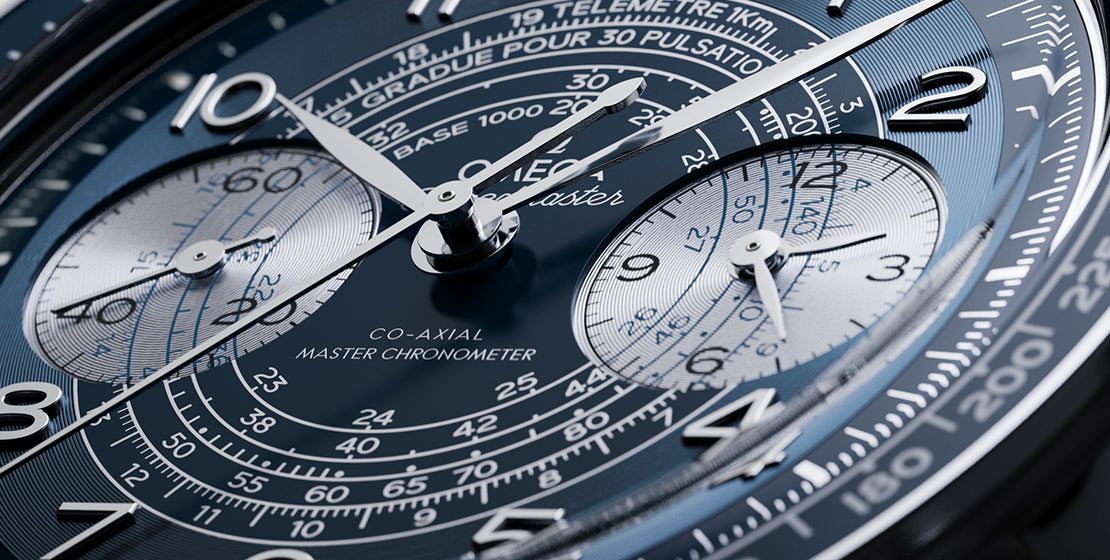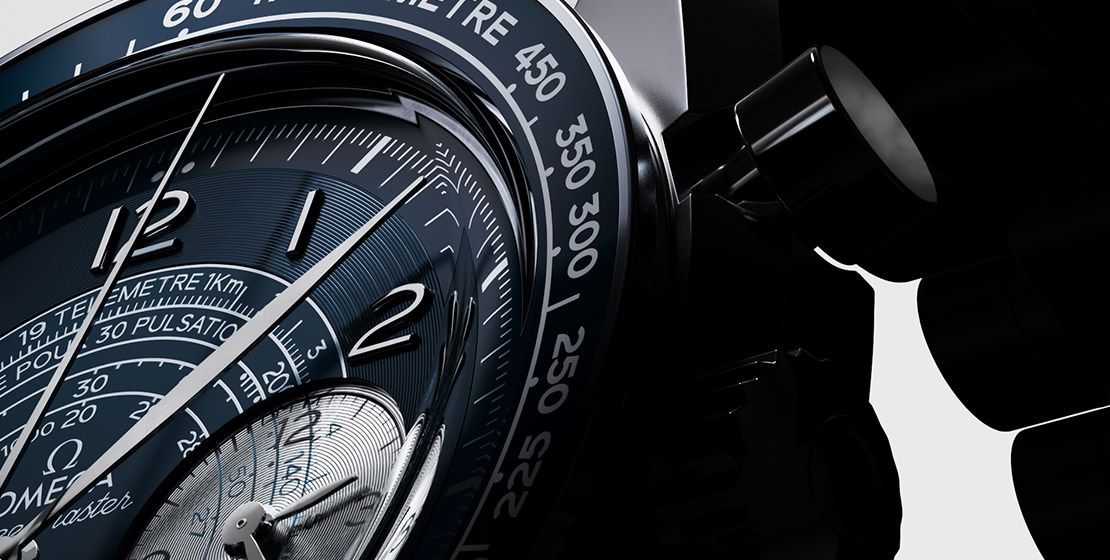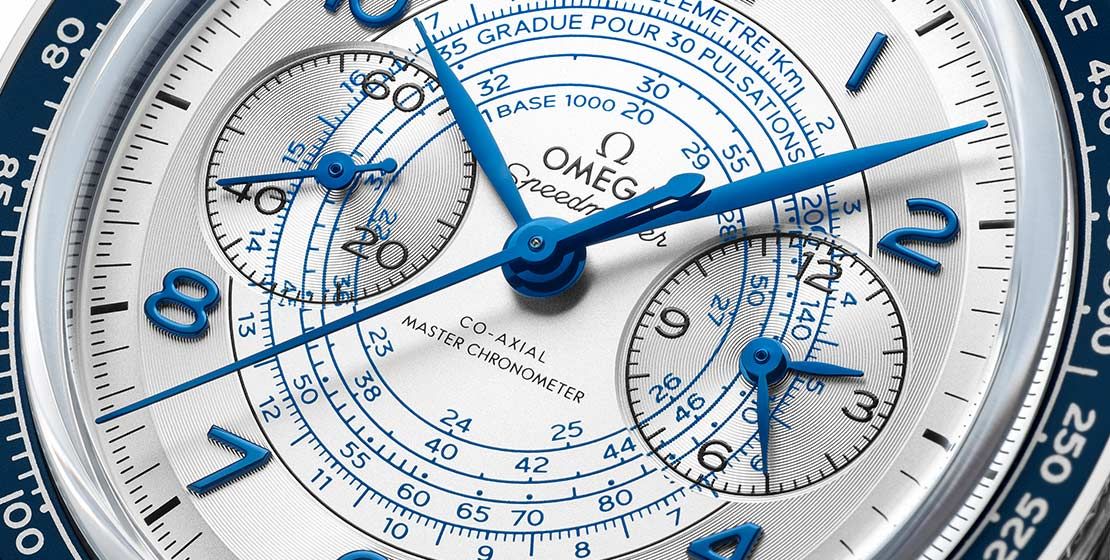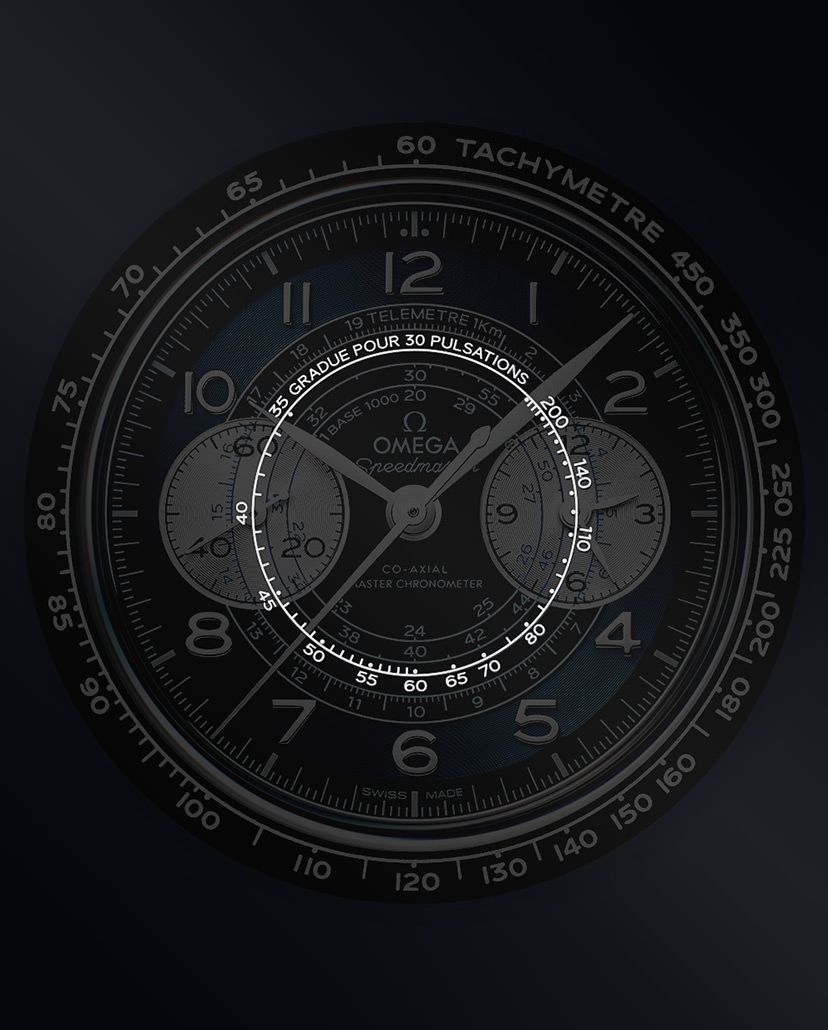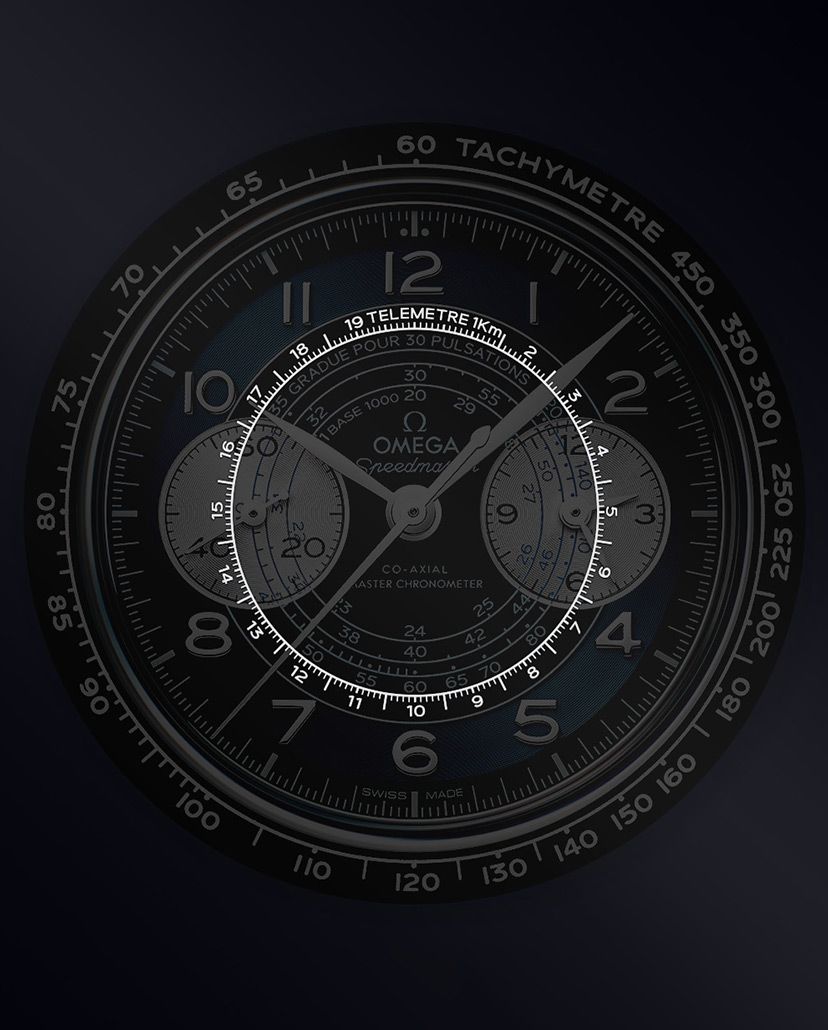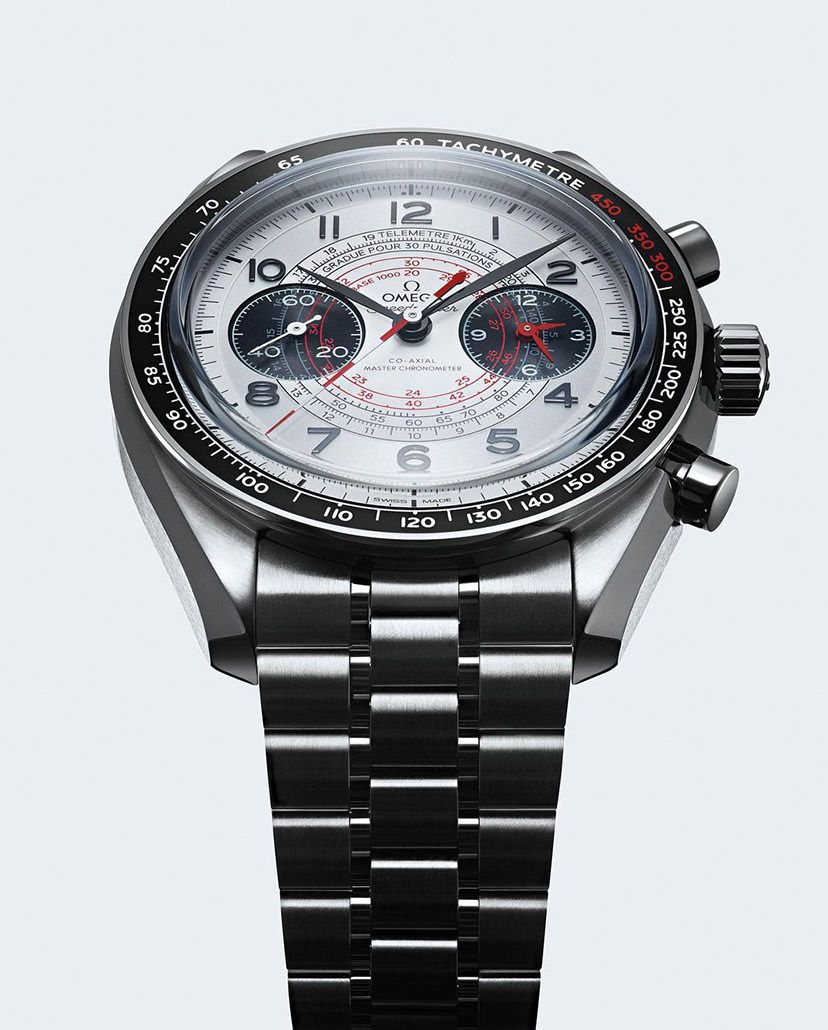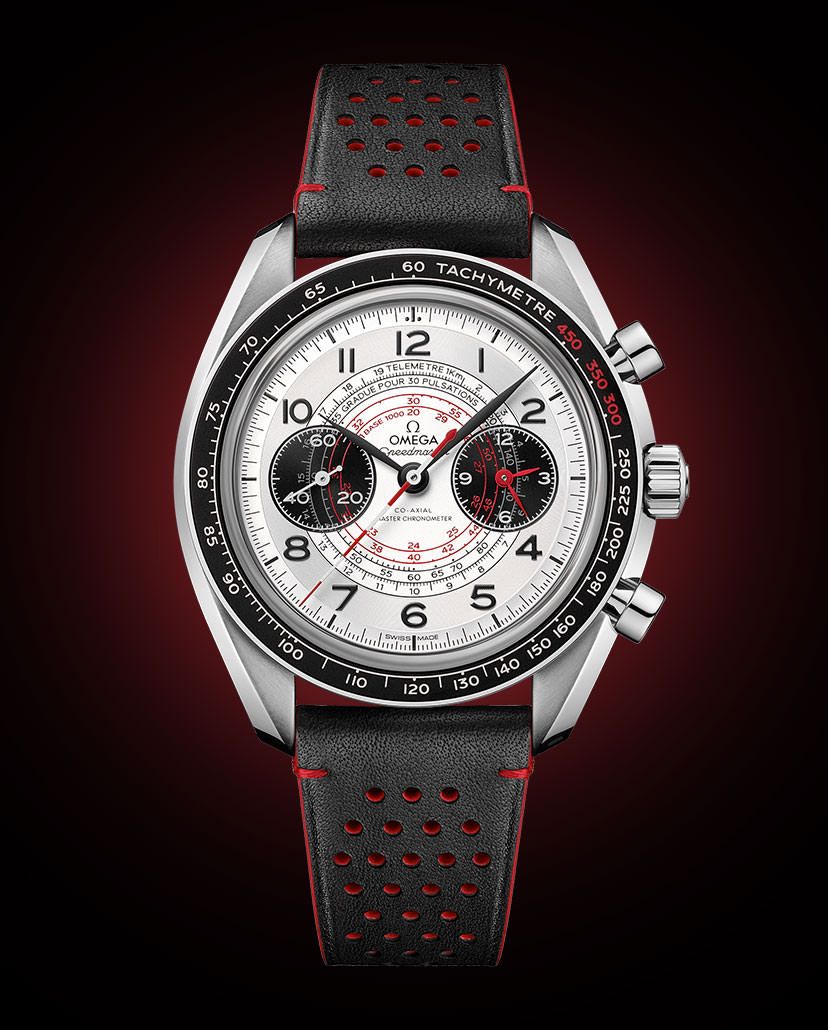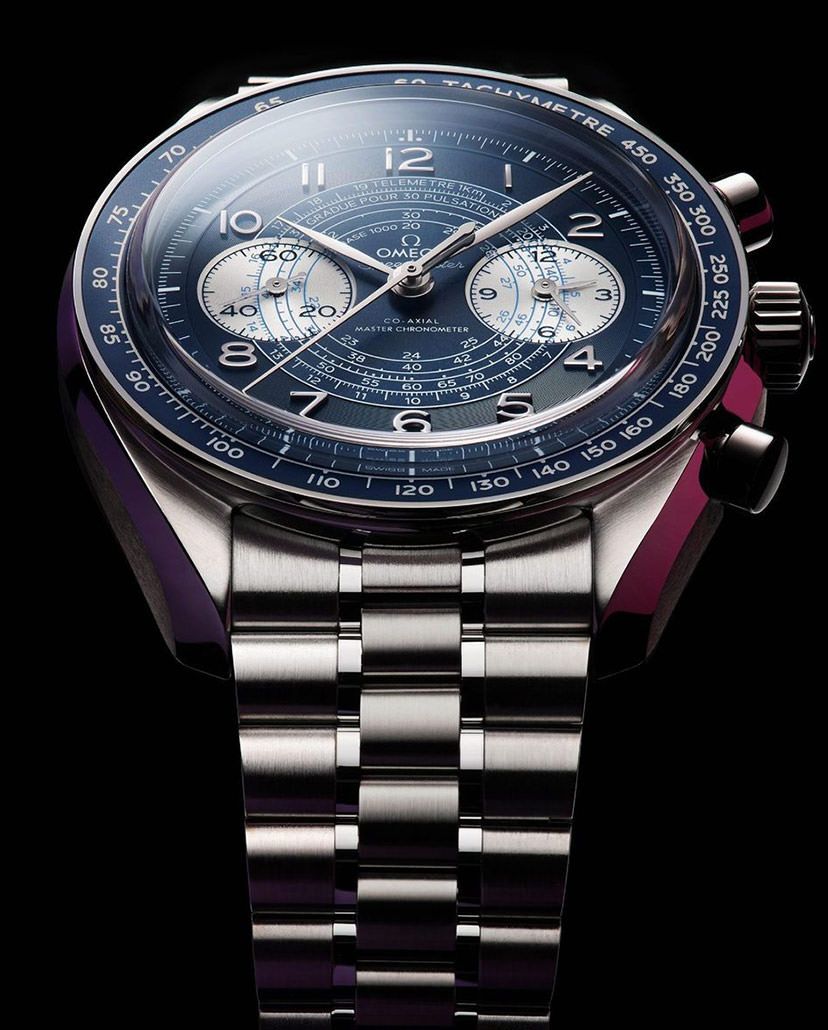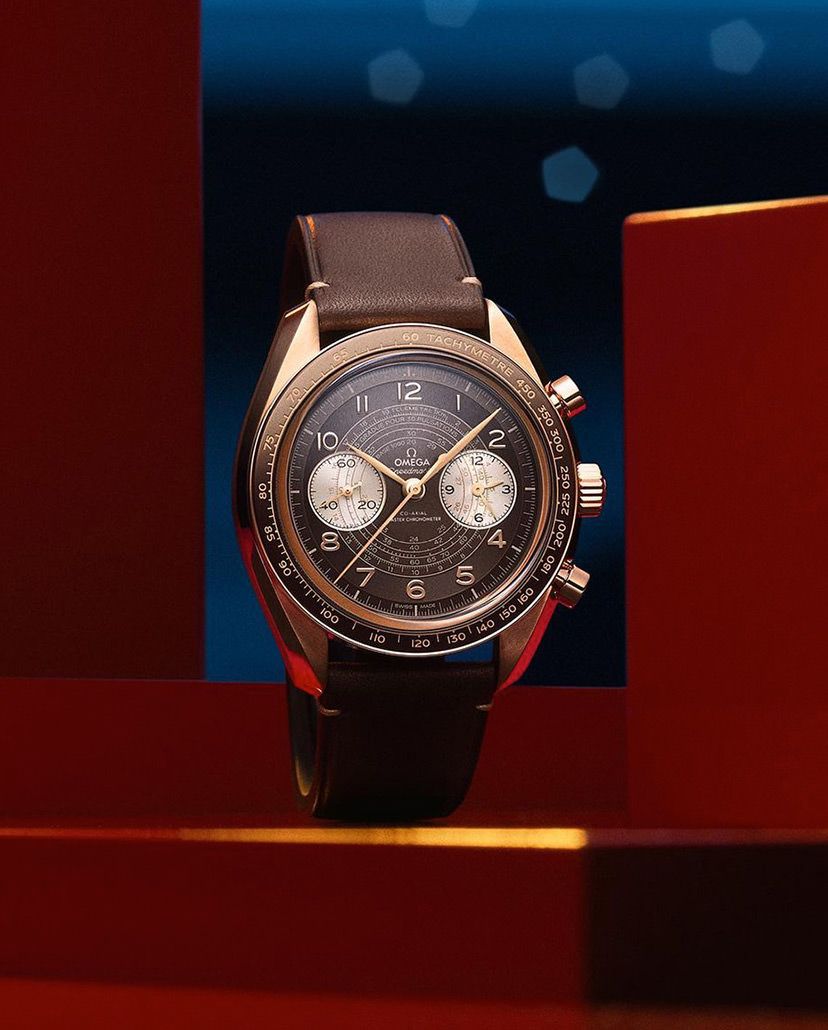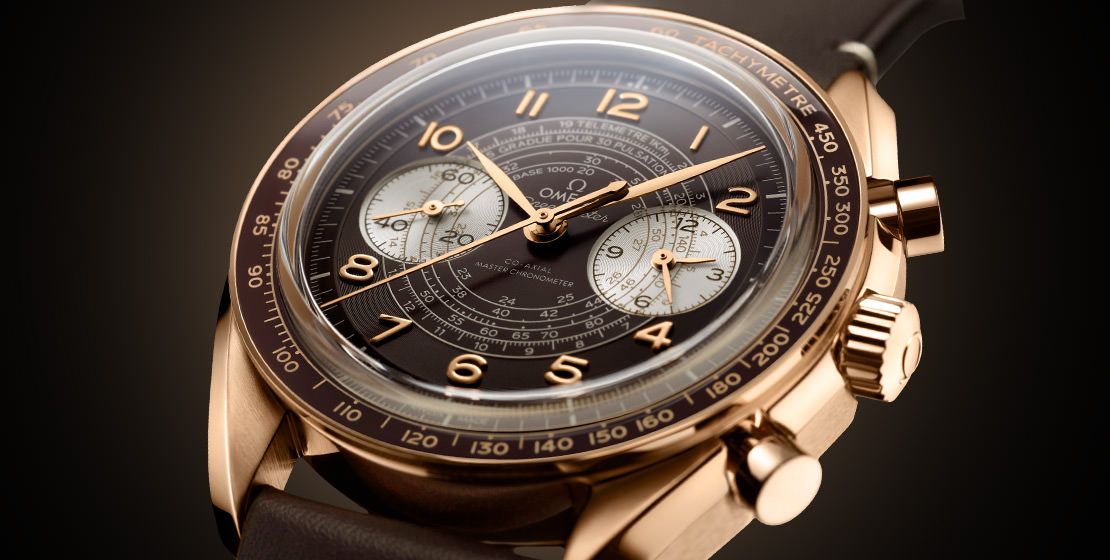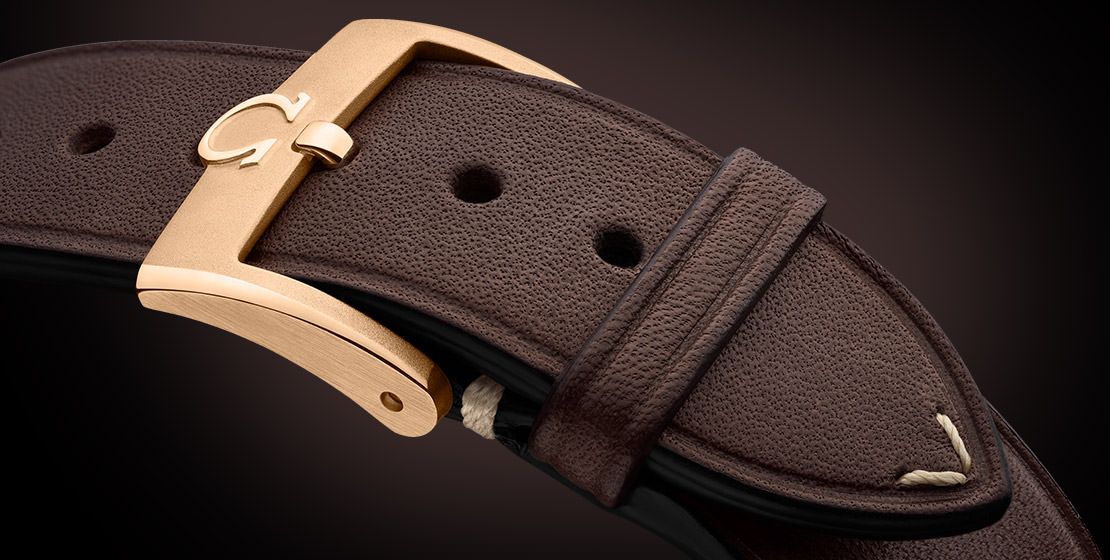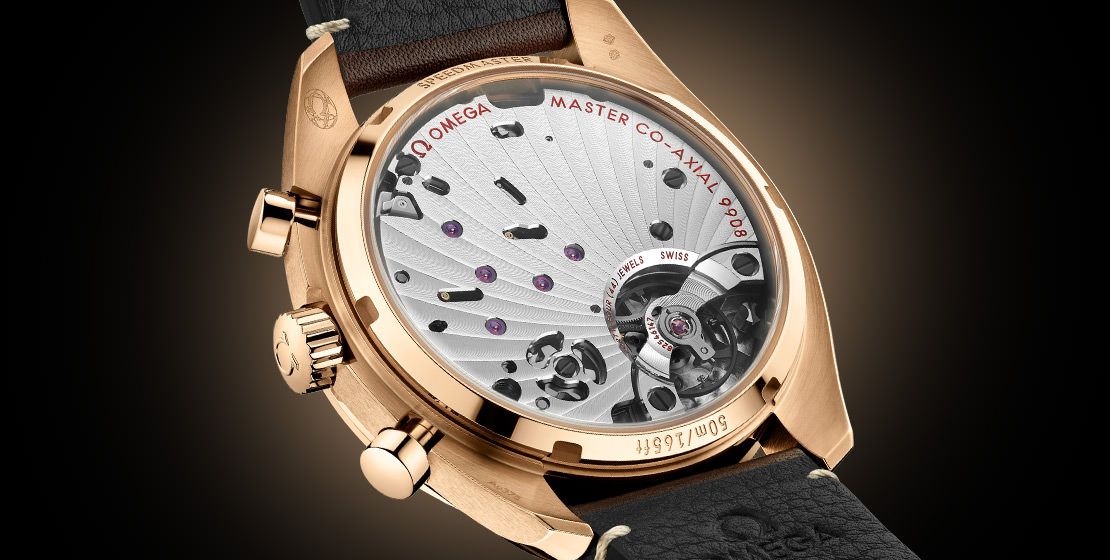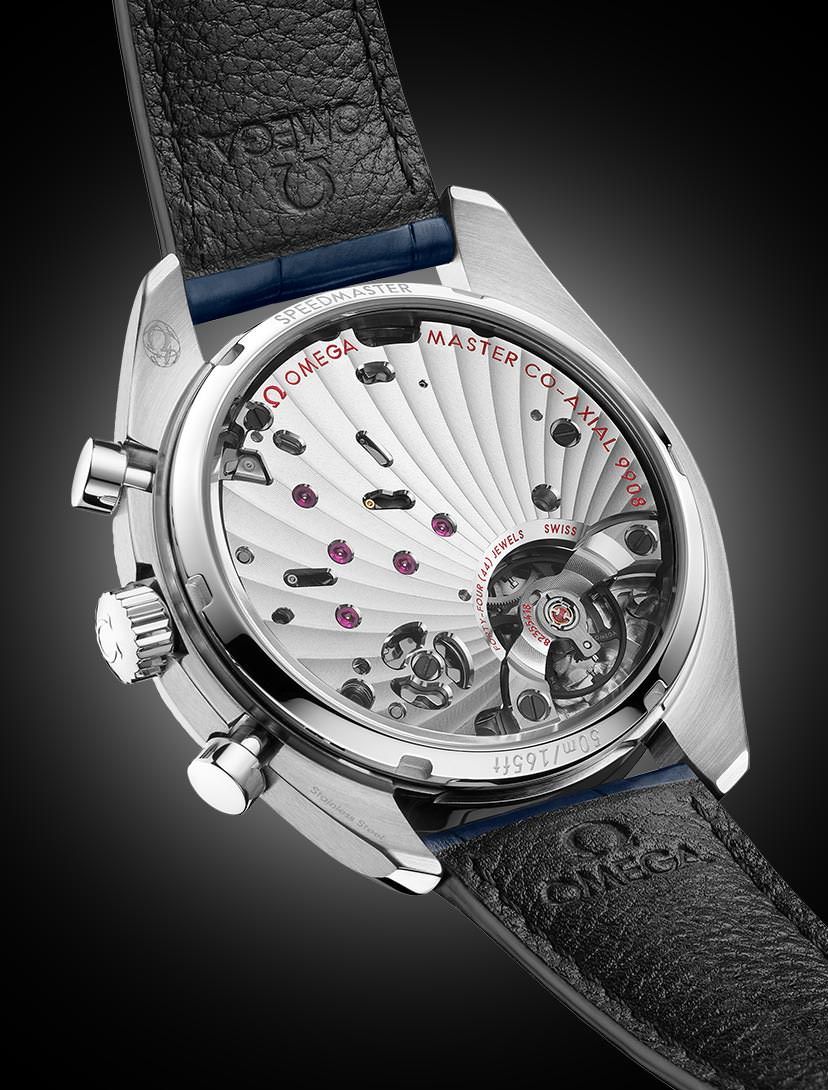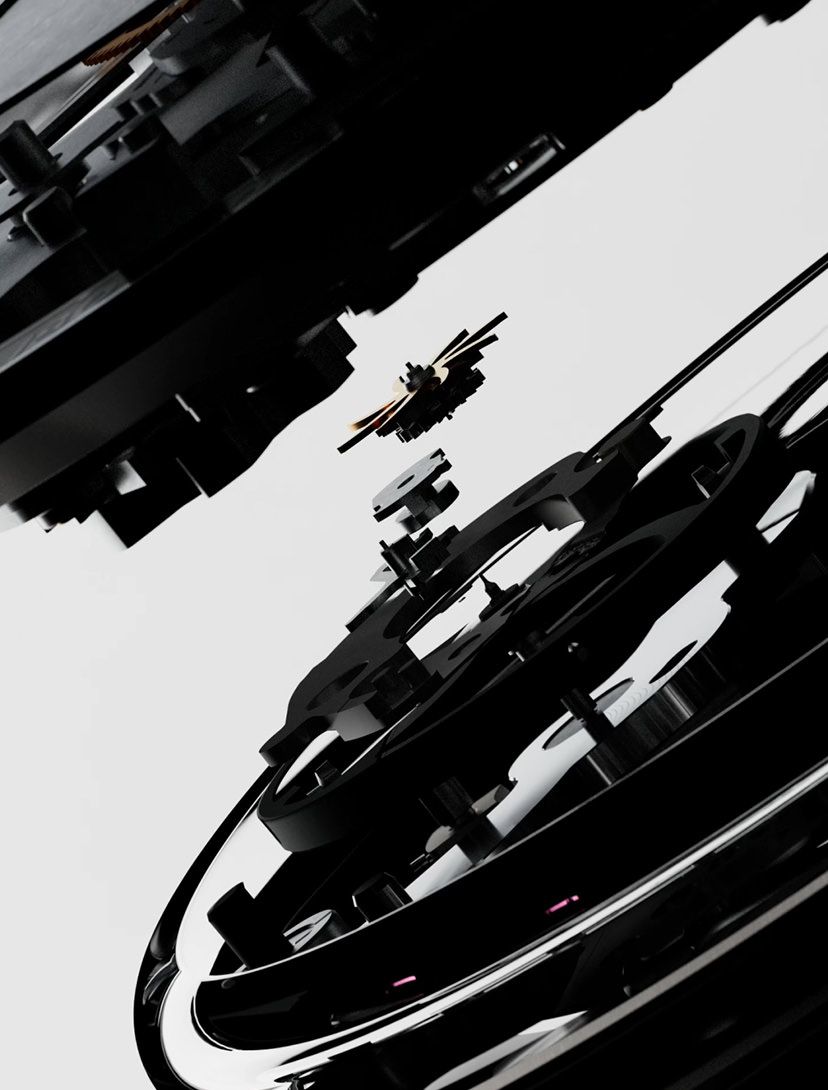ReviewScaling It Up, With Omega’s Speedmaster Chronoscope—The Multipurpose Super-Tool Watch
Here’s how the iconic, but straightforward chronograph from Omega has been adapted into the ultimate tool with heightened functionality, and with extraordinary flair
May We Recommend
When you think about it, you might find it quite amazing how so many things that we measure in our lives are governed entirely by time. Speed is the distance covered in a unit of time, your pulse rate is the number of beats per minute, to name a few. Time is, hence, inseparable from the measurement of a number of things. A lot can be measured simply by looking at the time while keeping track of activities and occurrences. Sure, you could see the start and end times of a race on a regular watch. You can see the start and end times of travelling from point A to point B in order to calculate speed. You can even count the number of heartbeats in a minute while checking someone’s pulse. But we don’t do any of these things, because tools have been created to facilitate these very functions. However, before the oximeter (which so many of us have used during this COVID-19 pandemic) gave us our pulse rate, there was the pulsometer. Before we had speedometers, there were tachymeters. Before the digital stopwatch, there was the chronograph. And what is a stopwatch/chronograph—simply a timekeeping device that can help you keep track of start and end times, down to the second or the fraction of a second. A number of different things can be measured from the time tracked by a chronograph, referring to various scales. And what if those scales were placed right there on the dial of a chronograph itself? That’s exactly what the Omega Speedmaster Chronoscope presents.

It makes absolute sense really, for the Omega Speedmaster to have an edition that can be used to conveniently perform all these functions that rely on the basic chronograph complication. It is, after all, one of, if not the most famous chronograph watch in the world. Essentially a chronograph is a tool, and sport watches such as the Speedmaster were originally used as tool watches—even if they’ve now transcended their original purpose. So when a basic chronograph comes with add-on scales, it really does become quite the ultimate multipurpose tool, just like the Speedmaster Chronoscope. The name ‘Chronoscope’ combines two Greek words—chronos, meaning ‘time’; and scope, meaning ‘to observe’—and basically refers to ‘the duration between two points or events’. And that’s essentially what a chronograph also is. But in this case, it comes with more.
The Chronoscope Tachymeter—An Advanced Version Of The Speedmaster Staple
One of the scales on the Chronoscope is that which we’ve seen on almost all Speedmasters—the contemporary ones anyway. It’s the tachymeter scale, on the bezel. It’s a scale that is never (or hardly ever) seen without a chronograph, because trying to use one for an accurate reading, without being able to control start and end times, would be quite a pain. The scale can used to find out speed, based on a known distance covered and time taken, or to find out the distance covered, based on the speed that is known and the time taken to complete the stretch. For speed, one needs to start and stop the chronograph at the beginning and end of one kilometre or one mile. If your recorded time is 40 seconds, your speed is the reading on the tachymeter scale corresponding to your seconds hand, which is 90kmph or 90mph. Technically, the formula for that is T=3600/t—where ‘T’ is the tachymeter reading, ‘t’ is the elapsed time in seconds, and 3,600 is the number of seconds in an hour—but you don’t have to do that math with this scale. Similarly, if you know your speed, and track your time till the chronograph seconds hand reaches the speed mark on the tachymeter scale, you know that you’ve travelled one kilometre or mile.
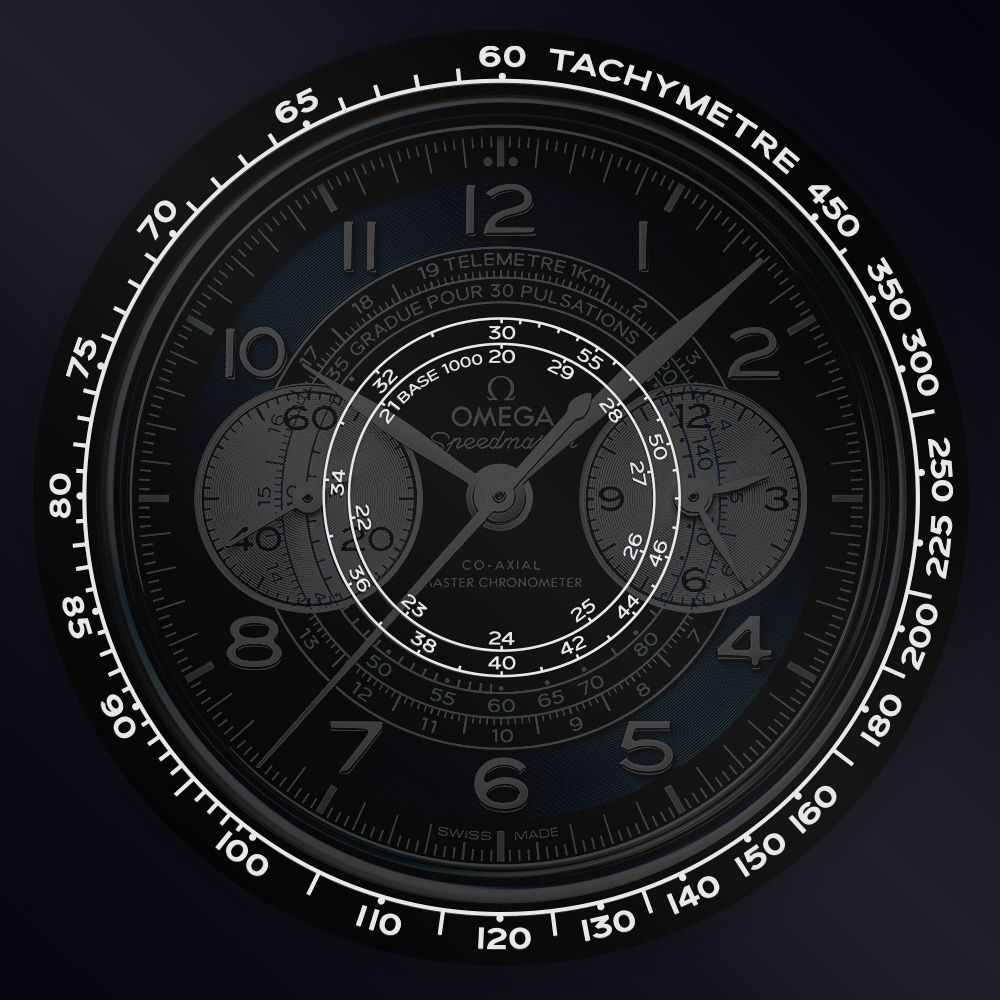
Reading numbers using a tachymeter can get more complex, if your speed is less than 60kmph or 60mph, or if the time taken is greater than 60 seconds. It’s in these scenarios where this Chronoscope goes beyond a regular tachymeter scale. After crossing 60 on the tachymeter scale of the bezel, you can shift your focus to its continuation on the inner rings seen on the dial. The 60 mark on the bezel continues to 55 and lower till 30 on one ring, and further from 29 to 20 on the innermost ring. So even if you take up to three minutes to cover a kilometre or mile, you can still know your speed; and even if your speed is as low as 20kmph or 20mph, you can still know when you’ve covered 1km or 1mile, respectively—all without complex reading or calculations. Isn’t that easy!
The Chronoscope Pulsometer—Match Your Heartbeat
A pulsometer scale makes it easier to check someone’s pulse. Instead of counting the number of beats for an entire minute, you only have to count 30 beats for the average pulsometer scale—graduated for 30 pulsations—like this one. On the Chronoscope’s dial, this scale is the second one going inwards, which says, ‘gradue pour 30 pulsations’ (graduated for 20 pulsations). So start the chronograph as you start counting heartbeats, and stop it when you’ve counted 30 beats. The reading on the pulsometer scale corresponding to the chronograph seconds hand is the pulse rate, so if you complete 30 beats in 20 seconds, it means your pulse rate is 80 beats per minute.
The Chronoscope Telemeter—Chasing The Speed Of Sound
Outermost on the central portion of the Chronoscope’s dial, the telemeter is the final ‘scaled-up’ feature of this watch, and is marked based on the speed of sound. You can use this to know your approximate distance from the source of a sound that is accompanied by an occurrence that can be seen, such as lightning with thunder. There’s no real practical use of a telemeter in the average urban individual’s day-to-day life, aside from curiosity maybe. However, let’s take a practical scenario for instance. Say you’re taking a road trip, and there’s a thunderstorm. You can know approximately how far you are from the storm using a telemeter and observing lightning. This might be handy if you’re going towards the storm and may need to figure out how far you can go before making a rest-stop in order to avoid driving through it. Start the chronograph when you see lightning, and stop it when you hear its thunder. The mark on the telemeter scale corresponding to your chronograph seconds hand is your distance from the centre of the storm. So if it takes seven seconds, it means you’re approximately just over 3km away from the storm.
Fun fact: Telemeter equipment, not on watches, was crucial on the battlefield back in the day. Based on the time taken between seeing an explosion in the distance and hearing the sounds it makes, a telemeter could tell soldiers how far the explosion was coming from.
All Packed Into The Signature Speedmaster Framework
Come to think of it, all the scales—numbers, lines, graduations, markers, etc—crammed into the dial of this watch shouldn’t be all that overwhelming, as soon as one knows what they mean. And ultimately, the familiarity of the Speedmaster template that it’s all packed into should certainly help in making this watch easy on the eye. The snailing on the recessed sub-dials goes back to historical Speedmasters, and is mirrored in the ring around the scales that separate them from the large, applied Arabic-numeral hour markers.
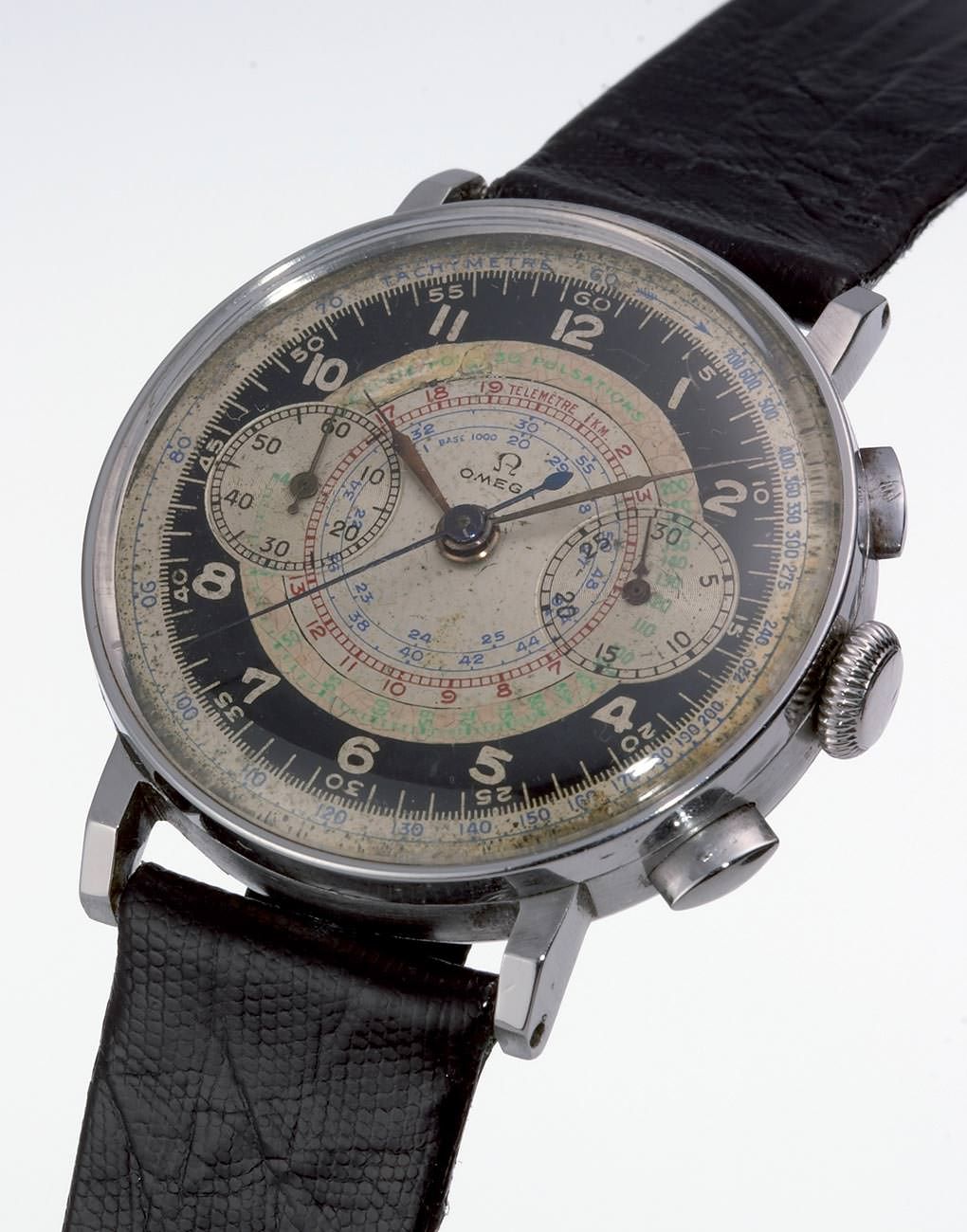
The font used here is even complemented by the contemporary font used on the tachymeter and other scales—a departure from the slightly more old-school look of the fonts seen in the Moonwatch and other Speedmasters. Yet, these differences are quite subtle, but make a visual impact, while other elements—such as the ‘twisted’ lugs, the pump-style chronograph pushers, and the domed glass (in sapphire crystal)—are all very distinctively Speedmaster.
Like most Speedmasters, this one also showcases sheer visual depth in its design, with the snailing, the recessing of the counters, the applied markers, and the rich hues seen across all versions. There are four in steel—blue on white, with a bracelet or blue leather strap; white on blue, with a bracelet or brown leather strap; and black on white, featuring red accents, with a bracelet or perforated leather strap.
And there’s one flagship in bronze gold—Omega’s bronze-hued gold alloy—with a vintage enamel bezel, and a complementing white-on-brown dial featuring golden hands and numerals, and it comes with a brown leather strap. All models are sized at 43mm—slightly larger than the Moonwatch’s 42mm. However, the one feature that separates this Speedmaster from the Moonwatch as a larger series is that it has only two sub-dials, for running seconds and a 12-hour chronograph counter—in a bicompax layout—while the Moonwatch has three sub-dials.
The Multipurpose Tool Watch’s High-Performing Calibre
Like other two-counter Speedmasters, this one too runs on a calibre from Omega’s 9900 series. The manual-winding co-axial calibre 9908 makes this watch a Master Chronometer, as most modern Omegas are, meeting the highest standards of mechanical timekeeping accuracy. This one also has twin barrels, for a greater power reserve of 60 hours. While the front of the watch is all centre-aligned and symmetrical, the caseback view reveals the movement’s beautiful Geneva wave decoration radially emerging from the lower, right-hand side. Here you can also see parts of those barrels, with their DLC coating, which provides enhanced protection against wear-and-tear, while also adding to the sophistication of the decoration.

With all the decoration, attention to detail and brilliance in its design aspects, Omega have really made this edition one that will stand out in the long and illustrious journey of the Speedmaster. At the end of the day though, it is a tool watch that maximises the functionality of a chronograph. And even if its purpose has transcended its origins as a tool timepiece, it’s admirable how Omega retains that high-functioning aspect of the Speedmaster series—the very aspect that made it a crucial part of NASA’s Apollo missions, especially 13. This Chronoscope certainly lives up to that legacy.


